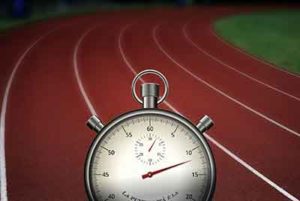
I received this email last night.
“. . . my training zones are from a field test I did two-years ago. At what point should I re-test? Should I be relatively “fresh” when I test? I lifted yesterday, and wrestling kicked my butt so I’m sore as heck. Wait till next week? Or does it not matter because it’s based on max effort?” Continue reading “When to Perform a Lactate Threshold Field Test”
